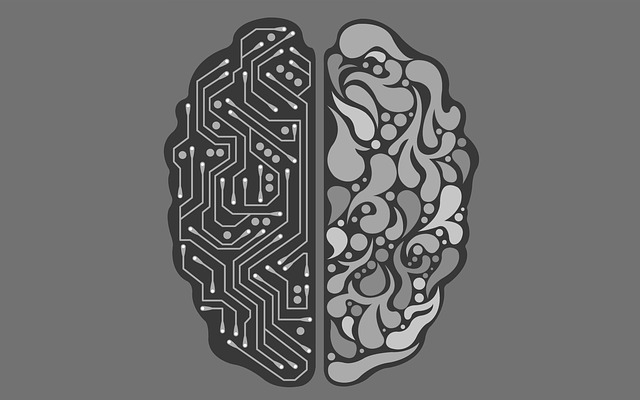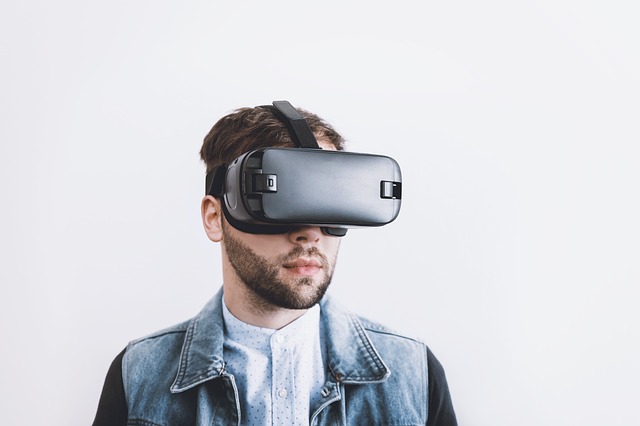The Future of Healthcare Technology
- May 30, 2019
- Healthcare, technology
Scared of the possibility of a nightmarish world where robots take over our healthcare technology facilities and have humans running on colossal hamster wheels?
Fortunately, that’s a distant possibility – if one at all.
What we do know for now, however, is that technology is shaping the future of the healthcare industry – and doing a great job at it.
Not only have numerous technological subfields emerged solely to improve the services that are being offered by healthcare facilities, but procedures and medical procedures have also become far more effective than they were in the past.
And with constant technological advancements, the future of healthcare looks brighter than ever.
Still skeptical about what the future holds for healthcare? Here, we’re telling you some of the major ways in which technology is changing the healthcare industry for the better.
1. Artificial Intelligence
Artificial intelligence has made its way into practically every industry under the sun – and for good reason. It does not only make way for improved technologies and procedures, but can also make our healthcare technology services a lot more effective and efficient.

It has also contributed immensely to the introduction and improvement of effective data mining algorithms. With the help of these algorithms, it is now possible for medical practitioners and other professionals in the healthcare technology industry to browse through countless research papers and extract relevant data and information to develop sustainable healthcare systems.
Research on BMJ journals about Artificial intelligence in healthcare also suggests that implementing AI-based systems in healthcare can also help make “real-time inferences for health risk alert and health outcome prediction” by using data that has been extracted from patient populations.
2. Virtual Reality
Even though the healthcare industry has only recently started making use of virtual reality to develop new solutions, the results so far have been remarkable. Today, virtual reality is not only being used by doctors to understand the human body in a way that was not possible in the past, but patients, too, have greater visibility with regards to the treatment plans and what’s in store for them.

Owing to its immersive nature, virtual reality also makes it easier for patients to cope with pain and speeds up the recovery process. Additionally, virtual reality also gives doctors, medical practitioners, and professionals the chance to recreate triggering situations in controlled environments to analyze and curb the effects they have on patients suffering from posttraumatic stress disorder and other similar conditions.
Creating simulations and VR scenarios can also help patients restore memory by increasing their chances of remaining focused during therapy sessions.
Virtual reality has also made procedures such as robotic surgery possible for doctors and other professionals. By controlling a robotic device used to perform surgery, doctors and surgeons will be able to complete procedures a lot faster and more efficiently since the chance of complications and error will be mitigated.
3. Wearables

Tiny devices with embedded sensors and trackers, wearables have recently taken the healthcare industry by storm. Today, wearables are available for everything from tracking the pulse rate and blood pressure of patients, to the amount of physical activity that they are engaging in every single day.
Providing people with real-time data about their health, wearables are not only ideal for anyone who wants to regain control and stability over their lives, but can also provide medical practitioners with historical data regarding their patients to develop revised plans of action that may be more relevant to the patient at any particular time.
4. Drug Development
The development of drugs that are both safe and effective takes up incredible amounts of time, effort, and research. For this reason, efficient drugs are not only scarce, but also extremely expensive.

Fortunately, technology can help change just that.
Artificial intelligence and data mining can not only help understand how effective certain drugs will be in certain situations, but they can also mitigate the risk of problems caused by chemical imbalances. What’s more, simulations can also be used for clinical trials to understand the responsiveness to drugs and find out just how different types of patients will react to them.
5. 3D Printing
3D printing is truly one of the most remarkable technologies of recent times. With the help of 3D printing, patients have not only been able to benefit from personalized prosthetics, but the technology has also helped burn victims.

3D printing has also made its way into the world of pharmacology and can be used to combine the different drugs needed by people suffering from multiple different kinds of ailments. Known as poly-pills, these 3D printed medicines contain a number of different pills needed by patients, making them easier to consume.
In the future, it is expected that 3D printing will also be used for tissue engineering and bio-printing. If the technology is as promising as medical practitioners hope for it to be, chances are that patients won’t need to go through invasive and risky organ transplants in the future.
While technology has helped a lot on the developmental front, the benefits of technology for marketing cannot be ignored. The introduction and widespread use of technology in healthcare has considerably changed the way in which healthcare marketing trends work, allowing medical facilities and institutions to promote their services in a manner that’s more effective and promising.
Technology has also made way for healthcare marketing ideas such as social media marketing and targeted SEO, giving professionals in healthcare to grow and build a lucrative career for themselves.
Interested in using technology to get more out of your marketing efforts? Click here and get in touch with us today at to find out how we can help.
Subscribe to our newsletter!
Request a free quote
We offer professional SEO services that help websites increase their organic search score drastically in order to compete for the highest rankings even when it comes to highly competitive keywords.






